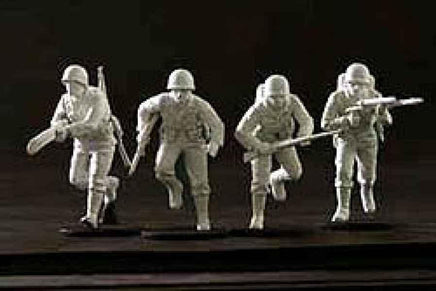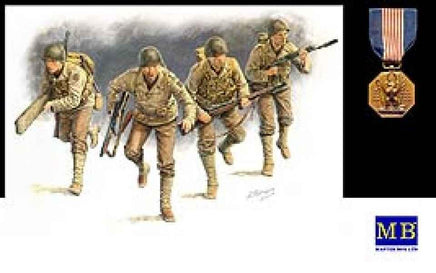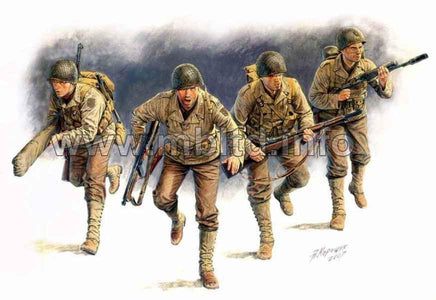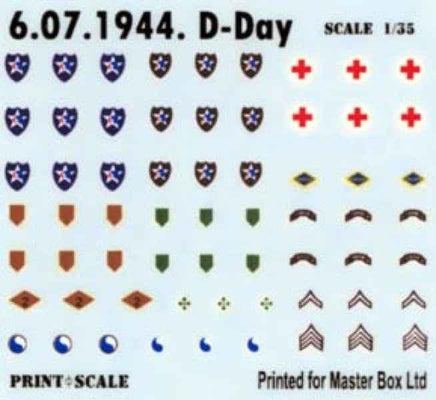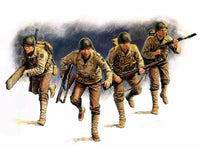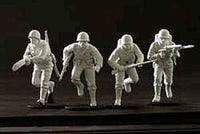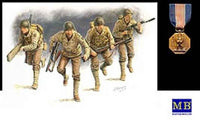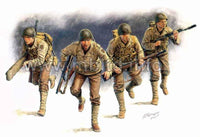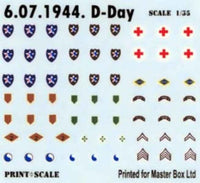Already after the first experiences of fighting in North Africa at the turn of 1942–1943, the US Army changed the position of the American infantry division. From 1943 onwards, each infantry division had three full-time infantry regiments, each composed of three infantry battalions. In addition, the infantry regiment also included other units, for example, an anti-tank company, an artillery company or a staff company. In total, the US Army's infantry regiment numbered approximately 3,100 soldiers. It should also be remembered that the division also included a strong artillery component consisting of four artillery battalions: 3 light and 1 medium, most often armed with 105 and 155 mm howitzers. There was also, among others, an engineering battalion, a repair company, a reconnaissance unit, and a Military Police platoon. In total, the US Infantry Division numbered approximately 14,200 people in 1943. It quite clearly dominated the artillery over the German division and had much better and, above all, fully motorized means of transport, which made it a highly mobile tactical formation. It also had much richer "individual" anti-tank weapons in the form of a large number of bazooka launchers, of which there were over 500 in the entire division.
Operation Overlord is an Allied offensive operation involving an air and sea landing in Normandy (northern France), which began on June 6, 1944, and officially ended on August 30 of the same year. On the Allied side, in the first several days of the operation, about 1.4 million soldiers took part in it, and this number finally increased to about 2.1 million people. The commander-in-chief was American General DD Eisenhower. By the way, he was the later president of the USA in 1953–1961. On the German side, approx. 0.3 million soldiers were fighting initially, with a total force estimated at approximately. 0.65 million people. The formal commander-in-chief was Field Marshal Gerd von Rundstedt. Plans for the Western Allies' landing operations in Europe had been developed since 1942, but their final form crystallized in 1943. The operation, which was eventually codenamed Overlord, assumed the landing of allied forces—Americans and British—but also Canadians, Free French troops, and later Poles—in Normandy, with simultaneous sea and air landings. It assumed the involvement of a gigantic flotilla of auxiliary and landing craft (over 4,000 vessels in total) and over 10,000 aircraft. For this reason, Operation Overlord has gone down in history as the largest landing operation in the history of war! The operations began on June 6, 1944 (the so-called D-Day) with the Allied landing on the beaches of Normandy. After the capture of the bridgeheads and their merger, there was a period of stalemate and the impossibility of penetrating the German defense, as exemplified by the repeated Allied attacks on the city of Caen. The breakthrough was only Operation Cobra at the end of July 1944, which led to the breakthrough and the exit to the rear of the German troops. As a result of this maneuver, the German retreat took place, which cost the Wehrmacht a lot of effort and resources. The political and military effects of the operation were the liberation of Paris and the lion's share of France, as well as the actual creation of the so-called Second Front in Europe.


